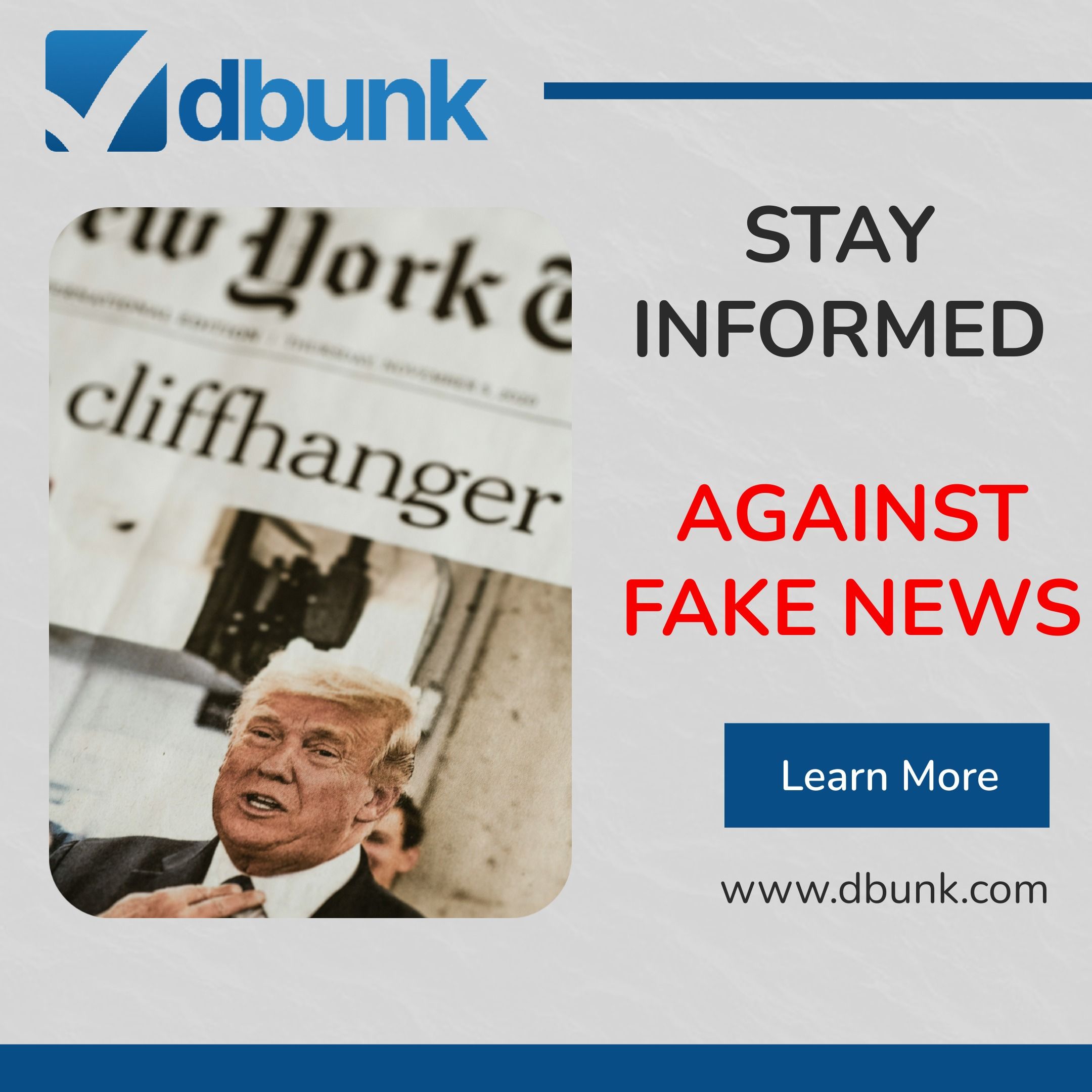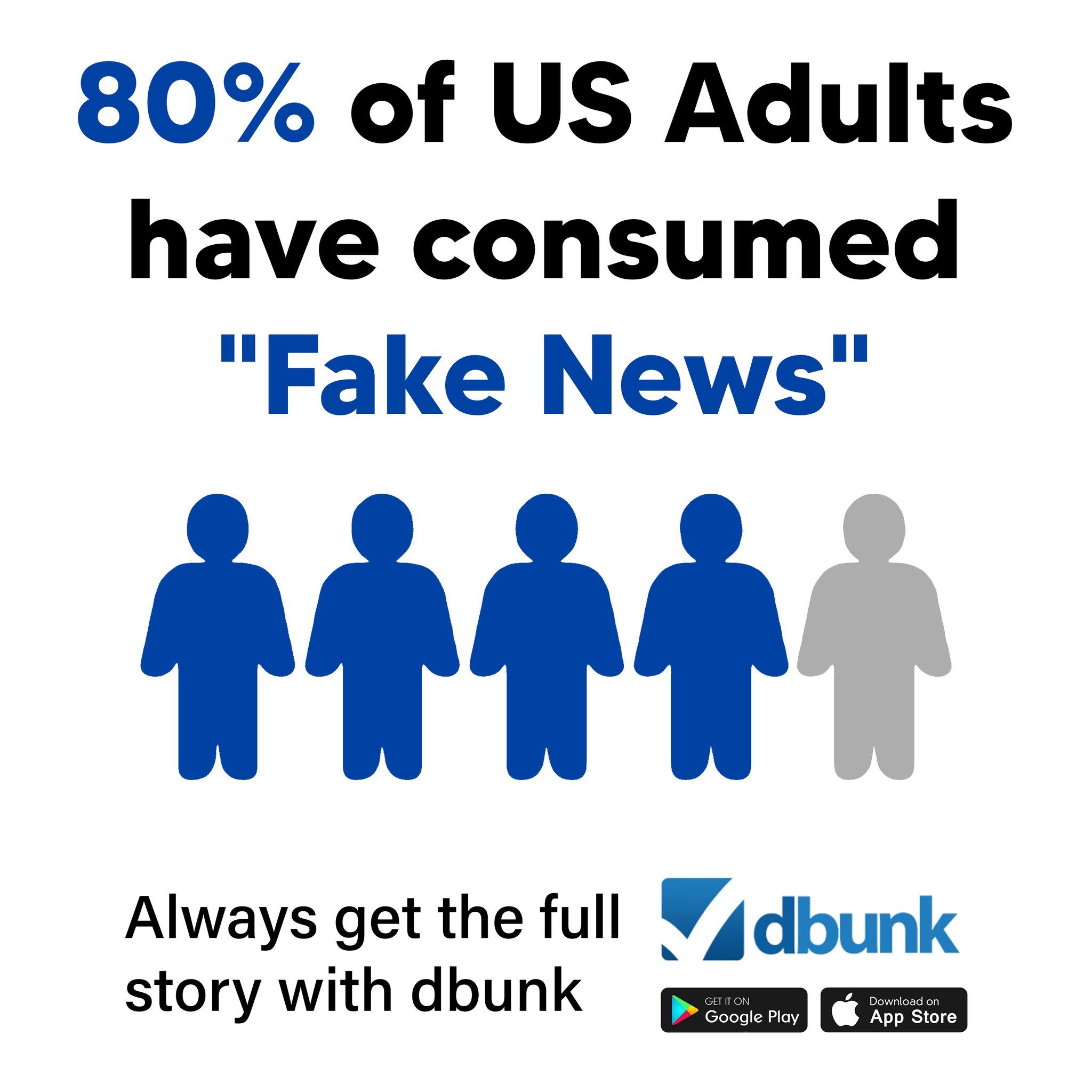
Introduction
This article detailing China’s retaliatory 34% tariffs on U.S. imports was flagged by a DBUNK user due to widespread confusion about who really pays for tariffs. The user’s question—whether China or regular U.S. shoppers bear the financial brunt—is timely given how trade wars can ripple through global economies. In this fact-check, we examine the key claims from the article, assess their factual accuracy, and break down what tariffs actually mean for consumers and businesses on both sides of the Pacific.
Historical Context
Tariff battles between the United States and China intensified during President Trump’s first term, marked by sweeping levies aimed at reducing the U.S. trade deficit and pressuring China on issues like intellectual property and fentanyl exports. While negotiations had paused some parts of the trade war, Trump’s return to office in 2025 reignited tensions. Historically, both nations have imposed reciprocal tariffs, targeting sensitive industries from agriculture to tech, with the broader economic fallout affecting everything from manufacturing costs to stock market stability.
Evaluation of Key Claims
Claim #1: “China will impose reciprocal 34% tariffs on all imports from the United States from April 10.”
This claim is accurate. China’s State Council Tariff Commission confirmed a 34% tariff on U.S. imports in retaliation to President Trump’s equivalent tariffs on Chinese goods. Multiple international news outlets, including Reuters and Bloomberg, verified the official announcement. This move signals a full-scale escalation in the ongoing trade tensions, potentially covering over $120 billion in U.S. goods annually.
Sources:
Reuters: https://www.reuters.com/world/china/china-announces-34-percent-tariffs-us-imports-2025-04-04/
Claim #2: “President Trump levied two tranches of 10% additional duties to combat illicit fentanyl from China.”
This is mostly accurate but omits key context. The U.S. government has cited the influx of fentanyl from China as justification for economic pressure, including tariffs. However, trade experts and the DEA have noted there is limited evidence that high import tariffs curtail the fentanyl supply chain, which largely flows through illicit networks rather than formal trade channels.
While fentanyl trafficking is a real and pressing issue, equating tariffs with drug enforcement is a stretch. Tariffs mainly affect manufacturers, importers, and ultimately, consumers—not narcotics traffickers.
Sources:
DEA Report on Illicit Fentanyl: https://www.dea.gov/documents/2024/11/12/national-drug-threat-assessment
Claim #3: “Tariffs of well over 54% now apply to Chinese goods, with Trump’s latest additions raising the average U.S. tariff on them to 69%.”
This is accurate. Data tracked by the Peterson Institute for International Economics confirms that average tariff rates on Chinese imports have increased significantly since Trump’s return. The initial average of 15% layered with hikes of 10%, 10%, and newly 34%, results in effective weighted tariff rates of approximately 69%, when accounting for overlapping tax layers and targeted goods valuation. This stat clearly shows a sharp departure from previous levels.
Sources:
Peterson Institute: https://www.piie.com/blogs/trade-and-investment-policy-watch/us-china-trade-war-tariff-tracker
Claim #4: “Markets are crashing due to tariff announcements, with the Dow dropping over 1,000 points.”
This claim is supported by financial data from April 4, 2025. At the time of China’s announcement, major U.S. indices plummeted across the board: the Dow fell over 1,000 points, the S&P 500 plunged 3.5%, and the Nasdaq dropped even further. Real-time market data from sources such as CNBC and Bloomberg validate the article’s financial snapshot, showing immediate investor panic over trade disruptions and global recession fears.
Sources:
CNBC Market Report: https://www.cnbc.com/2025/04/04/markets-fall-on-china-tariffs-us-trade-war.html

So, Who Actually Pays for These Tariffs?
Answering the user’s question: While tariffs are imposed by one country on imports from another, the cost is typically borne not by the exporting nation but by the importers—U.S. retailers, manufacturers, and ultimately, everyday American consumers. When a 34% tariff is applied to Chinese goods entering the U.S., for example, that cost is either absorbed by businesses or passed on directly to shoppers through higher prices, especially at major retailers like Walmart and Target.
Similarly, China’s 34% reciprocal tariffs on American goods make those products more expensive in Chinese markets, reducing competitiveness and hurting U.S. exporters—particularly farmers and manufacturers.
A 2019 study by the U.S. Federal Reserve concluded that, “U.S. tariffs are primarily paid for by U.S. consumers and firms” (Amiti, Kong, Weinstein, 2019).
Source:
Federal Reserve Study: https://www.newyorkfed.org/research/staff_reports/sr929.html

Conclusion
The CNN article is largely accurate in its reporting of tariff actions, market consequences, and political implications of the U.S.-China trade escalation. However, it misses an opportunity to clarify the fundamental mechanics of who bears the burden of tariffs—a point that causes significant public confusion. Contrary to common misconception, tariffs are not direct payments made by one country to another; they are taxes that domestic importers pay. This vital context would have helped readers understand the true economic impact of the trade war. That said, the article does responsibly source expert commentary, and no false claims were identified.

Get Involved
Tired of guessing what’s real in the news? Download the DBUNK app today and fact-check articles on your own terms. Join thousands already using DBUNK to cut through misinformation and stay informed. Follow us on social media to join the truth-telling movement. Your voice matters.
Read the Original Article
https://www.cnn.com/2025/04/04/business/china-us-tariffs-retaliation-hnk-intl/index.html

